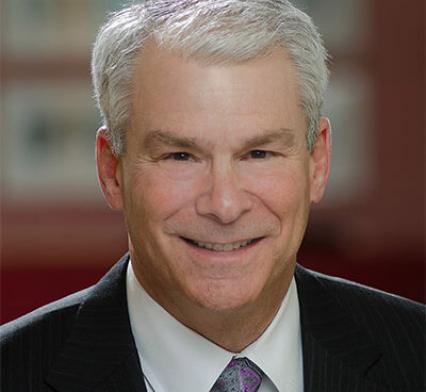Leadership In A Time of Crisis
I recently addressed a group of military officers about “leadership in a time of crisis.” We’re certainly facing no shortage of crises now: pandemic, economic collapse for workers and businesses, racial unrest. Perhaps most worrying, we’re experiencing a crisis of trust in the institutions of society and governance on which most of us used to rely unthinkingly. As a result of all these developments – or perhaps, in part, at the core of them – we are becoming increasingly tribal. We’re coalescing into identity groups that give us the comfort of talking with and hearing from only those who think, look and live like us – and not only excluding but demonizing those who see and experience society differently.
If these conditions don’t define a societal crisis point, I don’t know what would. So how do we as CEOs lead our people through this?
At the risk of sounding like your mother or a Scout leader, it starts with being prepared. The first line of Pinnacol’s crisis planning is an extensive risk dashboard that we update quarterly, featuring internal and external, business and social risks. For each, we assess both the magnitude of its impact and the likelihood of its occurrence, and spell out what we’re doing to mitigate it.
Then there’s the corporate version of war games: Crisis tabletops (cyber breach, active shooters, adverse legislation, etc.). These help me look globally at how our processes work – or don’t – when put to a stress test, and our ability to pivot when our response in the scenario is going off the rails. That is an invaluable part of the exercise.
But perhaps the most important part of crisis readiness is trusting relationships, both within and outside your company. Trust – in your judgment, in your actions – won’t be there unless you’ve earned it and developed relationships built on it. Trust-building starts with the way you lead in the “non-crisis” times: being visible, being candid, being consistent. And it’s particularly important in times of societal uncertainty that creates business uncertainty.
What about during the crisis? First, create pockets of certainty for your employees and other stakeholders. While things are swirling around you, it’s essential to identify the things that are not changing, and help people anchor to them.
Second, demonstrate a bias toward action. It can be a tricky balance to strike: you don’t want to act out of panic, but you can’t simply sit and wait for things to settle. Do a quick root-cause analysis to help you pull back the layers of what’s happening. Map out your options and analyze them with decision trees or other tools that can help you think through things efficiently. Processes like these will help you bring some rigor to your thinking without getting stuck in analysis paralysis.
Finally, demonstrate the behaviors that built trust in your leadership before: visibility, candor, consistency. There’s an impulse to clam up during a crisis, and it’s the worst thing you can do because it enables people to make up their own stories. Embrace radical transparency: tell them what you know, what you don’t, and when you expect to know more. Communicate early and often but be decisive. Everyone craves authentic leadership in a crisis.
